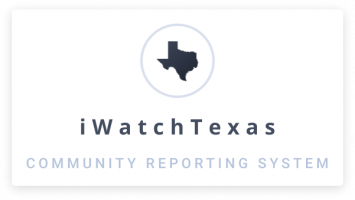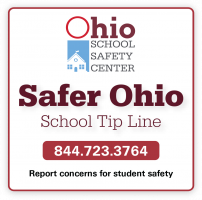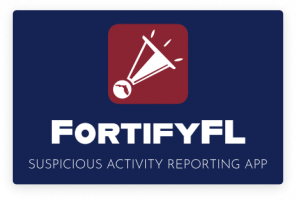Bullying Prevention
IDEA is here to help
If you or someone you know has been the victim of harassment, cyberbullying, discrimination, dating violence or any other kind of bullying, please say something. Report the incident to your principal, assistant principal, counselor, school resource officer or other trusted adult.
IDEA Public Schools believes that a safe and civil environment is necessary for students to learn and achieve high academic standards. We realize having a safe and welcoming school climate is a prerequisite to learning. Bullying, harassment and other aggressive behaviors is conduct that disrupts both a student’s ability to learn and a schools ability to educate its students in a safe environment. Demonstration of appropriate behavior, treating others with civility and respect, and refusing to tolerate bullying or harassment is expected by staff and students alike. It’s our goal to produce an environment where all students feel safe and are confident in achieving success in school.
The Differences between Bullying and Conflict
It seems today the media, and often educators, label any type of aggression or disagreement between people as bullying. If two students fight…it’s bullying. If one football team beats the other team too badly, it’s bullying. If one student doesn’t want to play with another student, it’s bullying. But, many times, what’s called bullying is not bullying at all. For example, bullying is not actually about conflict or anger. You do not have to be angry at someone to bully them. Bullying tends to be more about arrogance, control, and power. It’s the feeling that I’m better than you and I have a right to treat you this way. All bullying is mean, but not all mean behavior is bullying. So, if bullying is not the same as pure peer aggression or conflict, what is it?
When Does Bullying Become Harassment?
The Office for Civil Rights and the Department of Justice have stated that bullying may also be considered harassment when it is based on a student’s race, color, national origin, sex, religion, or disability; Or when the same person is repeatedly targeted by another student (or group of students).
Harassing behaviors may include:
- Unwelcome conduct such as: Verbal abuse, i.e., name-calling, epithets, slurs, etc.
- Graphic or written statements
- Threats
- Physical assault
- Other conduct that may be physically threatening, harmful, or humiliating
Bullying and Youth with Disabilities and Special Health Needs
Children with disabilities—such as physical, developmental, intellectual, emotional, and sensory disabilities—are at an increased risk of being bullied. Any number of factors— physical vulnerability, social skill challenges, or intolerant environments—may increase the risk. Research suggests that some children with disabilities may bully others as well. Kids with special health needs, such as epilepsy or food allergies, also may be at higher risk of being bullied. Bullying can include making fun of kids because of their allergies or exposing them to the things they are allergic to. In these cases, bullying is not just serious, it can mean life or death.
Creating a Safe Environment for Youth with Disabilities
Special considerations are needed when addressing bullying in youth with disabilities. There are resources to help kids with disabilities who are bullied or who bully others. Youth with disabilities often have Individualized Education Programs (IEPs) or Section 504 plans that can be useful in crafting specialized approaches for preventing and responding to bullying. These plans can provide additional services that may be necessary. Additionally, civil rights laws protect students with disabilities against harassment.
Supporting Special Needs and Preventing Bullying at School
Strategies to address student’s special needs at school can also help to prevent bullying and have positive outcomes for all students, especially tactics that use a team approach, foster peer relationships, and help students develop empathy.
Some strategies include:
- Engaging students in developing high-interest activities in which everyone has a role to play in designing, executing or participating in the activity.
- Providing general up-front information to peers about the kinds of support children with special needs require, and have adults facilitate peer support.
- Creating a buddy system for children with special needs.
- Involving students in adaptive strategies in the classroom so that they participate in assisting and understanding the needs of others.
- Conducting team-based learning activities and rotate student groupings.
- Implementing social-emotional learning activities.
- Rewarding positive, helpful, inclusive behavior.





